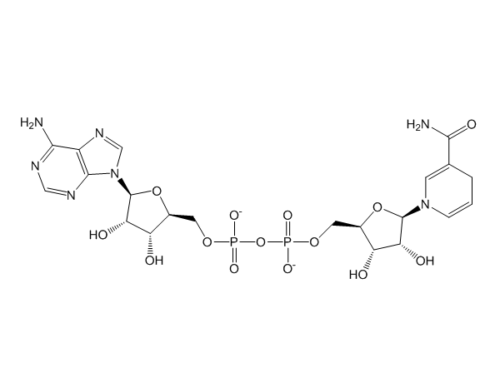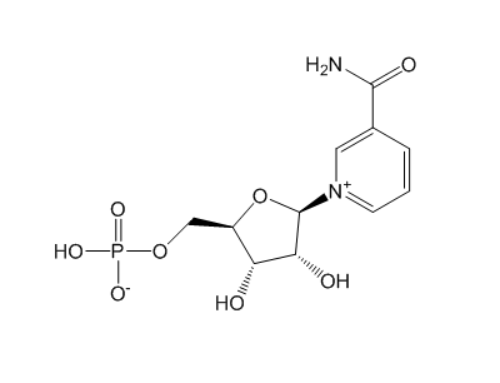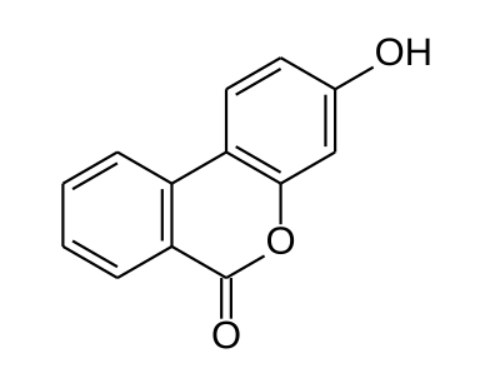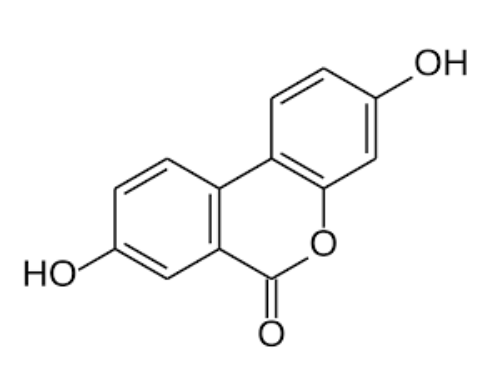Perfluorinated Ion Exchange Membrane
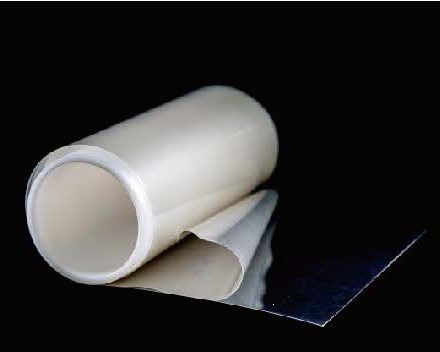
| Product | Perfluorinated Ion Exchange Membrane |
| Trade Names | perfluorinated ionic membrane, perfluorosulfonic acid (PSFA) proton exchange membrane (PEM) |
| Part Number | NCPEM |
Perfluorinated Ion Exchange Membrane or perfluorosulfonic acid (PFSA) proton exchange membrane (PEM) is a solid polymer electrolyte, which has the advantages of good chemical and thermal stability, low voltage, high conductivity and high mechanical strength. It can be used under harsh conditions such as strong acid, strong alkali, strong oxidant medium and high temperature. Due to its above characteristics, Perfluorosulfonic acid proton exchange membrane is not only used as the key component of proton exchange membrane fuel cell, but also widely used in chlor-alkali industry, hydrogen production by water electrolysis, electrochemical synthesis and gas sensors.
Fuel cell is such a promising clean and renewable energy. It is a device that is not limited by Carnot cycle, has high energy conversion efficiency (50% – 70%) and environmentally friendly to convert chemical energy stored in fuel into electric energy.
Proton exchange membrane fuel cell (PEMFC) is a kind of fuel cell. This kind of cell has the unique advantages of low working temperature, rapid start-up, high specific power, friendly environment and long service life. It shows broad application prospects in electric vehicle power energy, mobile phone, micro power supply and small power generation device. Generally speaking, a proton exchange membrane fuel cell consists of a porous electrode coated with a catalyst and a proton exchange membrane (PEM) placed between them.
Proton exchange membrane is one of the core components of PEMFC. In fact, this fuel cell is named after proton exchange membrane.
As the electrolyte of the battery, the functions of PEM include:
- Prevent the contact between the anode and cathode of the battery, avoid the direct reaction of the fuel at the two poles and ensure the energy efficiency.
- PEM with high proton conductivity is the guarantee of cell efficiency.
- Block the electrons to ensure that the electrons are transmitted from the external circuit to achieve the purpose of using electric energy. Therefore, PEM is essentially a dense selective membrane.
From the perspective of its role and the actual commercial demand, the conditions that must be met by the proton exchange membrane for PEMFC include:
- High proton conduction performance can reduce the internal resistance of the battery and improve the current density.
- Good stability, including physical stability and chemical stability, to prevent polymer chain degradation.
- The low size change rate prevents the increase of local stress caused by expansion and contraction in the process of membrane water absorption and dehydration, resulting in the stripping of membrane and electrode.
- High mechanical strength, good machinability, meeting the requirements of large-scale production.
- Low gas permeability prevents hydrogen and oxygen from reacting on the electrode surface, resulting in local overheating of the electrode and affecting the current efficiency of the battery.
- Appropriate cost performance.
NC Elements is a professional supplier of Perfluorinated Ion Exchange Membranes for various applications. Please contact us for more details. Get a Quote Now! For other organic compounds, please check our Organic Compounds catalog page.
Typical Applications:
Perfluorinated Ionic Membrane products have more than 1000 applications in vanadium batteries, fuel cells, hydrogen production by electrolysis of water, chlorine dioxide generator, copper recovery from etching solution, gold salt preparation, electrodialysis and other fields.
Order Information
Inquiries and orders should include the following information:
- Quantity
- Dimensions
- Application
NCPEM-301 TYPE (Hydrogen Fuel Cell)
The addition of ePTFE (expanded polytetrafluo roethylene) microporous reinforcing material to the traditional proton exchange membrane makes the product have the characteristics of high strength, high conductivity and low ion permeability.
Thickness and Basis Weight Properties
| Membrane Type | Thickness (µm) | Weight (g/m2) |
| NCPEM-3010 | 12 | 24 |
| NCPEM-3015 | 15 | 29.5 |
| NCPEM-211 | 25 | 50 |
| NCPEM-212 | 51 | 102 |
Measurements taken with membrane conditioned to 23℃, 50% RH.
Physical and Other Properties
| Physical Properties | Technical Parameters | Test Method | ||||
| NCPEM-3010 | NCPEM-3015 | NCPEM-211/212 | ||||
| Tensile Test (23°C, 50% RH) | MD | TD | MD | TD | / | |
| Tensile Strength (Max., MPa) | 45 | 38 | 40 | 35 | 30 | ASTM D 882 |
| Tensile Modulus (MPa) | 480 | 400 | 400 | 350 | 400 | ASTM D 882 |
| Elongation at break (%) | 175 | 150 | 190 | 170 | 150/180 | ASTM D 882 |
| Specific Gravity | 1.97 | 1.97 | 1.98 | — | ||
| Other Properties | ||||||
| Conductivity (S/cm) | 0.109 | 0.116 | 0.100 | GB/T 20042.3-2009 | ||
| Hydrogen Transmission Rate [cm3·cm/(cm2·s·0.1MPa)] | <5.00×10-8 | <4.50×10-8 | / | GB/T 1038-2000 | ||
| Hydrogen Permeation Current Density (mA/cm2) | <2.0 | <2.0 | / | |||
The conductivity test is carried out at 80°C and 90% RH.
The hydrogen transmission rate test is carried out at 23°C and 50% RH using the differential pressure method.
Hydrogen permeation current test: Assemble the membrane into MEA, and conduct it under the condition of complete hydration of hydrogen at 80°C.
Hydrolytic Properties
| Hydrolytic Properties | Technical Parameters | Test Method | ||||
| Water Content (%) | 10.0±3.0 | 10.0±3.0 | 5.0±3.0 | ASTM D570 | ||
| Water Absorption (%) | 50.0±5.0 | 50.0±5.0 | 50.0±5.0 | ASTM D570 | ||
| Thickness Swelling Rate (% increase from 23℃, 50% RH) | ||||||
| 23℃, water soaked | 10 | 15 | 10 | ASTM D756 | ||
| 100℃, water soaked | 30 | 40 | 30 | ASTM D756 | ||
| Linear expansion rate (% increase max. from 23℃, 50% RH) | ||||||
| MD | TD | MD | TD | / | ||
| 23℃, water soaked | 3 | 2 | 3 | 5 | 4 | ASTM D756 |
| 100℃, water soaked | 5 | 4 | 10 | 5 | 20 | ASTM D756 |
Water content of membrane conditioned to 23℃ and 50% RH (dry weight basis)
Water absorption from dry membrane to conditioned in water at 100℃ for l hour (dry weight basis)
Standard Sizes and Packing
0.61m x 100 m or 0.81 m x 100 m. Barrel. Other sizes and packing available on request.

